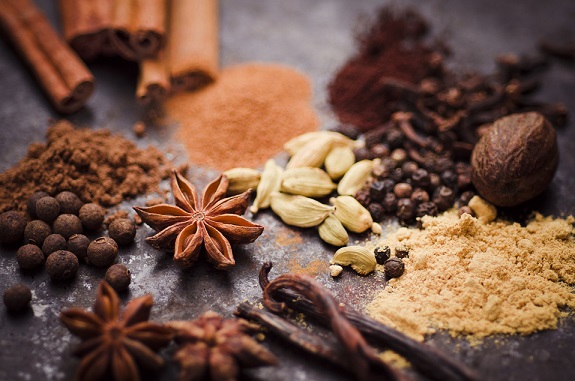
You know that exercise can help keep your body looking healthy and youthful as you age. Now, dermatologists say that a facial exercise regimen can have similar benefits above the neck: Women who followed a 30-minute “facial yoga” routine several times a week appeared nearly three years younger after 20 weeks, according to a research letter published in JAMA Dermatology.
Interest in so-called facial yoga has grown in recent years, largely because of claims that it can “rejuvenate the aging face, presumably by inducing underlying muscle growth,” the authors of the new paper wrote. Until now, however, there have been no published clinical trials to assess whether these types of exercises really can improve appearance of the skin and facial features.
So dermatologists and researchers from Northwestern University teamed up with Gary Sikorski, the creator of Happy Face Yoga, to test his technique out on a small group of middle-aged women who wanted to look younger. The women were between 40 and 65 and had mild to moderate facial atrophy—another word for thinning and sagging skin—related to aging and sun damage.
The study participants all attended two training sessions with Sikorski himself and learned 32 distinct facial exercises that each take about a minute to perform. They were instructed to do these exercises at home every day for eight weeks. After that, they were told to continue practicing every other day.
The participants were photographed at the beginning of the study, at the eight-week point, and at the end of 20 weeks. Afterward, the photographs were shown to dermatologists who did not know the order in which they were taken. They were asked to assess 19 different facial features and estimate the woman’s age in each photo.
According to the dermatologists’ ratings, the women’s upper and lower cheeks both became fuller over the course of the study. The women also appeared younger by the end of the program: The average perceived age of participants was 50.8 before the exercise regimen began, 49.6 at the eight-week mark, and 48.1 after 20 weeks.
Lead author Murad Alam, MD, vice chair and professor of dermatology at Northwestern University Feinberg School of Medicine, says that facial exercises improve appearance because they enlarge and strengthen facial muscles. “The face becomes firmer and more toned and shaped like a younger face,” he said in a press release.
Muscle tone is important, he says, since skin loses elasticity as it ages and the fat pads between the skin and muscles—which give the face its shape—become thinner and start to slide, giving the face a fallen or saggy appearance. Building up the muscles underneath can provide a literal boost to the skin, counteracting some of these effects.
“Assuming the findings are confirmed in a larger study, individuals now have a low-cost, non-toxic way for looking younger or to augment other cosmetic or anti-aging treatments they may be seeking,” Dr. Alam said.
The women in the study also reported being very satisfied with the results of their facial exercise routine and noticed improvements in nearly all of the 19 facial areas rated by the dermatologists. The routine is time-consuming, however, and it may not be for everyone: Out of the 27 women initially enrolled in the study, 11 dropped out before its conclusion.
Dr. Alam says that facial exercises that may be particularly beneficial include those that involve puckering and squeezing the cheeks. Here are two examples from the study you can try at home:
The Cheek Lifter: Open mouth and form an “O.” Position upper lip over teeth, smile to lift cheek muscles up, and put fingers lightly on top part of cheeks. Release check muscles to lower them, then lift back up. Repeat by lowering and lifting the cheeks.
The Happy Cheeks Sculpting: Purse lips together and smile without showing teeth, forcing cheek muscles up. Place fingers on corners of the mouth, and slide them up to the top of the cheeks. Hold for 20 seconds.




